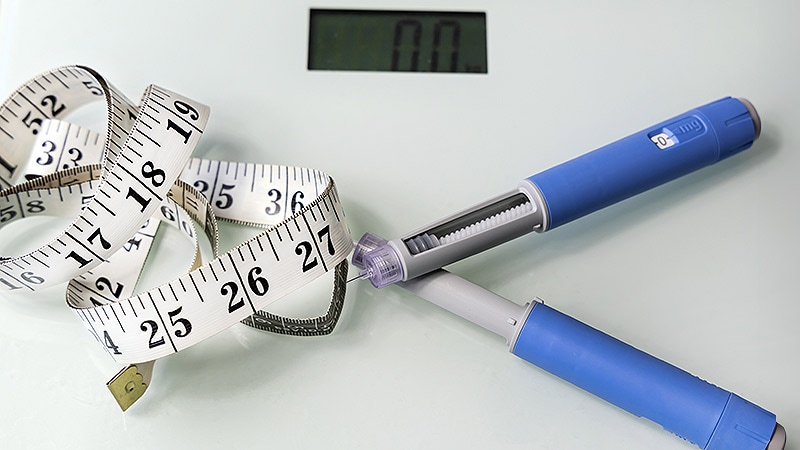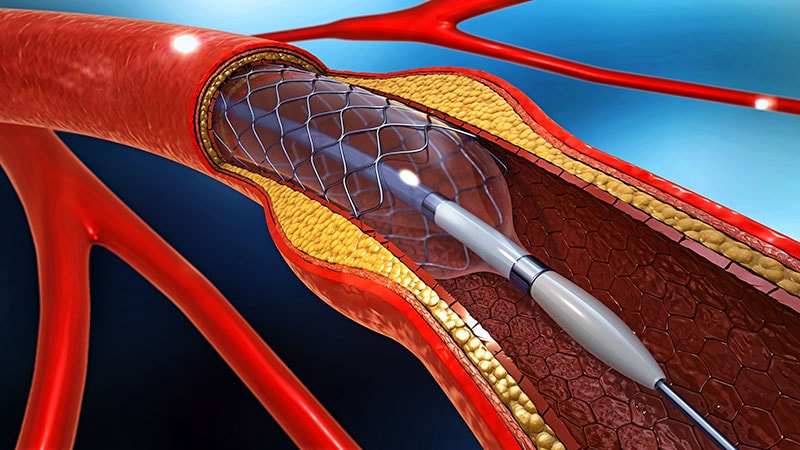TOPLINE:
Most patients with early, active axial spondyloarthritis (axSpA) achieved remission in a tight control treatment with golimumab, regardless of gut inflammation, in a small, single-arm study.
METHODOLOGY:
- Researchers conducted a multicenter trial to evaluate the effectiveness of a tight control strategy with rapid escalation to TNF inhibition in early, active axSpA in relation to gut inflammation.
- They included 58 patients (mean age, 28.2 years; 41.4% women) who had an Ankylosing Spondylitis Disease Activity Score with C-reactive protein (ASDAS-CRP) ≥ 2.1 and less than 1 year of symptom duration.
- Patients took two different nonsteroidal anti-inflammatory drugs (NSAIDs) for 4 weeks and 50 mg golimumab every 4 weeks if needed to achieve inactive disease (ASDAS-CRP < 1.3) or improvement.
- The primary endpoint was the proportion of patients achieving sustained clinical remission (ASDAS-CRP < 1.3), determined at two consecutive visits with a 12-week interval.
TAKEAWAY:
- Overall, 61.8% of patients achieved sustained clinical remission. Of the 72.7% who needed escalation to golimumab, 55% achieved sustained clinical remission.
- Microscopic gut inflammation was present in 28.6% of patients and was not predictive of achieving clinical remission (odds ratio, 1.50; 95% CI, 0.39-6.49).
- Relapse within 1 year occurred in 78.1% of patients who stopped treatment. Those who achieved sustained clinical remission with NSAIDs and golimumab had relapse rates of 91.7% and 70%, respectively.
- Male sex, no history of smoking, and lower disease activity were identified as predictors of sustained remission.
IN PRACTICE:
“Our trial demonstrated that sustained inactive disease state is an achievable therapeutic goal in early axSpA,” the study authors wrote.
SOURCE:
This study was led by Zuzanna Łukasik, MD, and Ann-Sophie De Craemer, MD, PhD, Gent University Hospital, Gent, Belgium. It was published online on June 16, 2025, in Arthritis & Rheumatology.
LIMITATIONS:
A key challenge of the trial was recruiting patients with axSpA within the first year of symptom onset, resulting in a high screening failure rate. Additionally, repeated ileocolonoscopy at remission was performed in only a minority of patients, which limited analysis of the relationship between axial symptoms and gut inflammation.
DISCLOSURES:
This study received funding through a research grant from the Investigator Initiated Studies Program of Merck Sharp & Dohme Corp. Two authors reported receiving educational and research grants or personal fees from Merck Sharp & Dohme.
This article was created using several editorial tools, including AI, as part of the process. Human editors reviewed this content before publication.


 Admin_Adham
Admin_Adham


